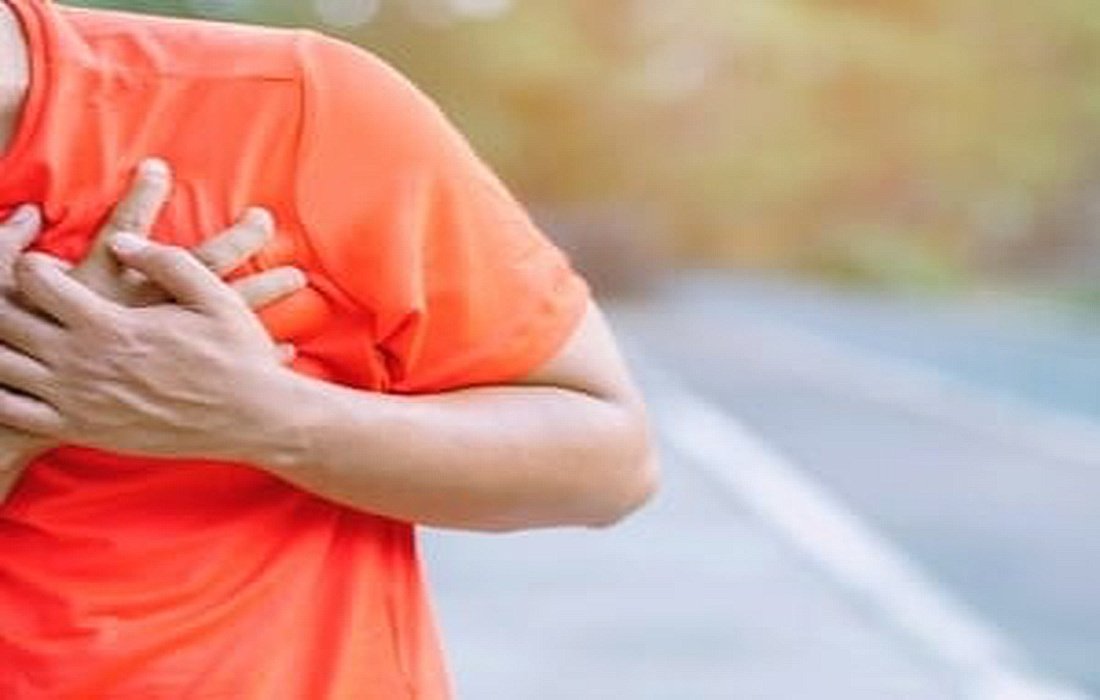Natural methods foropening vesselsof the heart and brain
Every year, a significant number of people in our country suffer from heart attacks. The causeheart attackis the blockage of heart vessels due to plaque formation in the inner walls of the vessels. This leads to reduced blood and oxygen flow to body areas, resulting in a loss of function in certain parts of the body and organ damage. In this section of healthSelMagzwe have highlighted a remarkable natural combination that helps prevent vessel blockage without medication and rapidly reduces cholesterol, along with significant explanations about this disease.
What is heart vessel blockage?
Blood vessels carry blood from the heart to other body parts. They are covered with a thin layer of cells called endothelium, which allows blood to flow easily. When the endothelium is damaged, bad cholesterol accumulates in the walls. The body sends a type of white blood cell to clean up this cholesterol, but sometimes this cell gets stuck there.
Over time, with the buildup of cholesterol, macrophages, calcium, and other blood components, plaques are formed. Sometimes plaques can block arteries, disrupting blood flow throughout the body and increasing the risk of blood clots, leading to complications such as strokes and heart attacks.
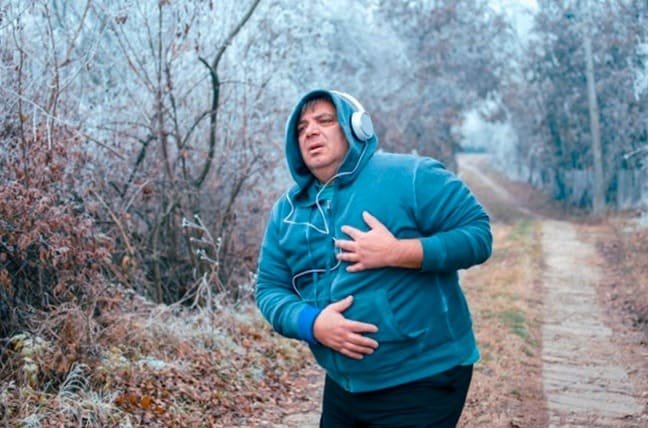
Symptomsof heart vessel blockage
If the carotid arteries that supply blood to the brain become blocked, a person may experience various symptoms, such as:
- Weakness;
- Difficulty breathing;
- Headaches;Facial numbness;
- Paralysis.
- If coronary vessels become blocked, the symptoms include:
Nausea;
- Severe anxiety;
- Chest pain;Coughing;
- Feeling weak;
- If the renal arteries that supply blood to the kidneys become blocked, the person may experience the following symptoms:Loss of appetite;
- Swelling of hands and feet;
Difficulty concentrating.
- Diagnosis of heart vessel blockage
- Those at risk of atherosclerosis should undergo the following tests for diagnosis:
- Blood test

A blood test determines the levels of sugar, fat, and protein in the blood. If fat and sugar levels are high, the person is at risk of atherosclerosis.
Physical examination
A doctor can determine if a patient is at risk of heart vessel blockage through examination. The doctor listens to the arteries with a stethoscope; abnormal sounds indicate that plaque is obstructing blood flow or that there is a very weak pulse beneath the narrowed arterial surface.
The presence of a pulsating mass behind the knee or in the abdominal area indicates an aneurysm. When blood flow is limited, wounds may not heal properly.
Ultrasound
As mentioned before in the health section of SelMagz, an ultrasound scanner can check blood pressure in specific body regions. Changes in
blood pressure
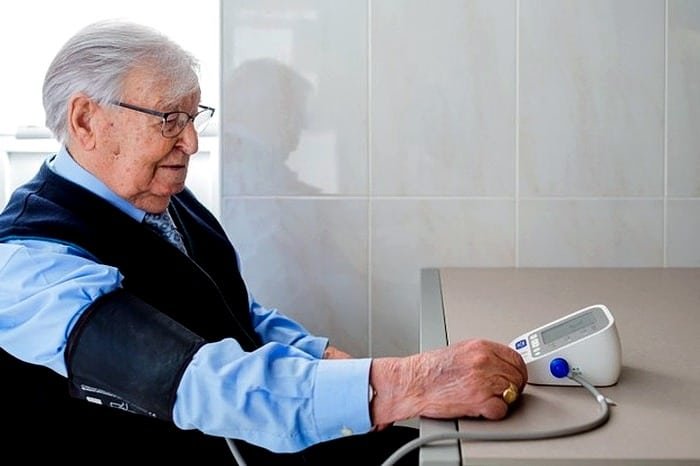
indicate where arteries are blocked.
CT scanA CT scan can be used to find arteries that are hardened and narrowed.Prevention of heart vessel blockage
To prevent atherosclerosis, follow these steps:
Avoid consuming saturated fats that raise bad cholesterol levels and
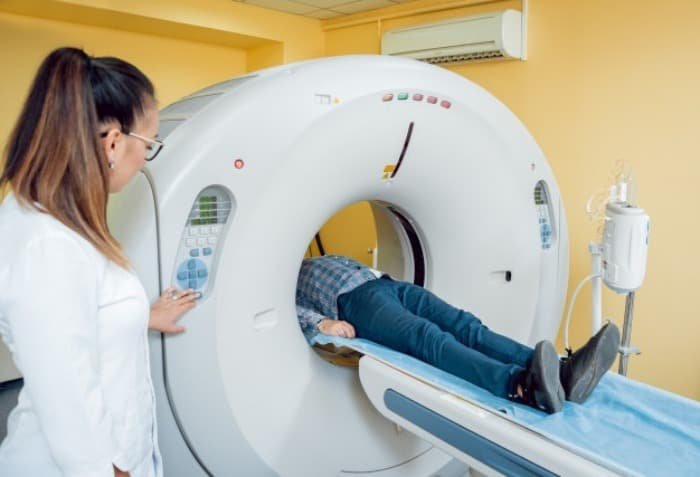
eat foods
rich in unsaturated fats, such as
olive oil;avocado;walnuts; fatty fish; nuts; and seeds.Exercise tolose weightand lower blood pressure.Do not smoke, as smoking increases blood pressure.
Risk factors for atherosclerosis:SmokingDrug use
Blood thickness
Diabetes
- Advanced age
- Stress
- Lack of exercise
- Overeating
- High blood pressure
- High cholesterol
- Does every type of fat cause vessel blockage?
- Not every type of fat causes vessel blockage, only fats containing low-density lipoprotein (bad cholesterol) that damage artery walls lead to vessel obstruction. With excess fat accumulation, arterial flexibility decreases and the vessel space narrows, reducing blood flow.
- How do excess fats enter the bloodstream?
- If we consistently use industrial and non-organic vegetable oils (liquid and solid), these harmful fats enter the blood, causing increased bad cholesterol and heart vessel blockage.
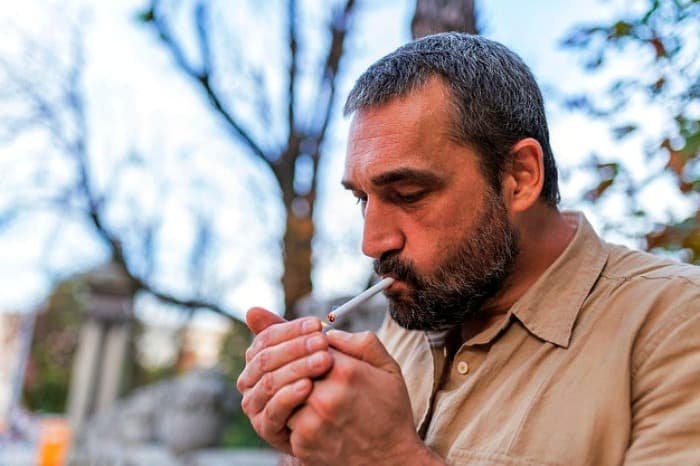
Treatment for heart vessel blockage:
Control your weight.
Engage in regular physical activity.
Follow a healthy diet and consume high-fiber foods.
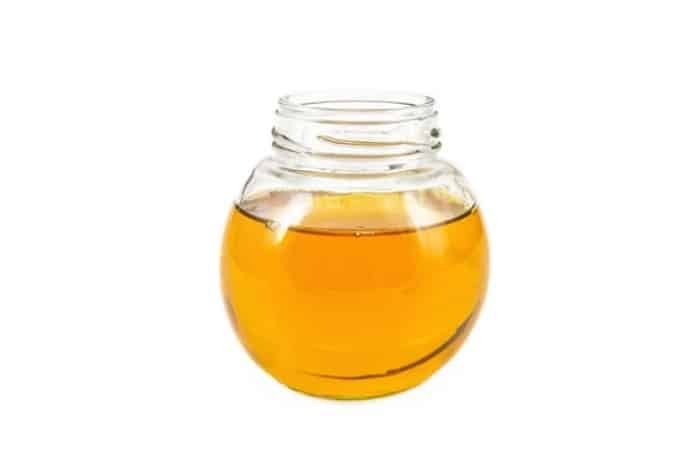
Reduce saturated fats, sodium, and alcohol consumption.
Take antiplatelet medications that prevent plaque accumulation or blood clots, as prescribed by your doctor.
Your doctor may prescribe
statins
to lower cholesterol.
Angiotensin-converting enzyme inhibitors also reduce blood pressure.
Surgical methods, such as angioplasty or coronary artery bypass grafting (CABG), also assist in treating this condition.In traditional medicine, certain herbs can treat atherosclerosis.Angioplasty and stenting, as well as open-heart surgery, are modern medical treatment methods.
Treating heart vessel blockage with the consumption of
garlic and lemon syrup
The garlic and lemon mixture syrup is one of the best remedies in traditional medicine for treating heart vessel blockage, helping to open coronary arteries and prevent
heart and brain strokes.
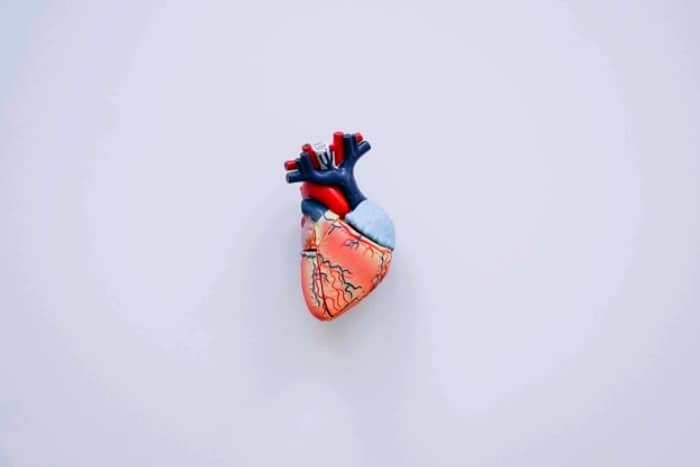
Consuming this mixture reduces blood pressure and cholesterol levels.Garlic has a warm and dry nature, and it is a blood purifier that regulates blood pressure andblood fat.
To prepare this syrup, known as Thomisel syrup, blend 5 lemons with skin (after removing the seeds) and 30 cloves of peeled garlic in a mixer until crushed. Then boil it with 1 liter of water. Once it reaches a boil (only once), remove it from the heat, let it cool, then strain the mixture and pour it into a bottle to store in the refrigerator.Consuming this mixture daily after each meal, at a dose of 30cc (half a small cup) for 40 days, will help treat many diseases.Heart vessel blockage
Causes of heart vessel blockageHeart vesselsSymptoms of heart vessel blockage
Heart vessel blockageMethods for diagnosing heart vessel blockageDiagnosis of heart vessel blockage
CT scans for diagnosing heart vessel blockage



